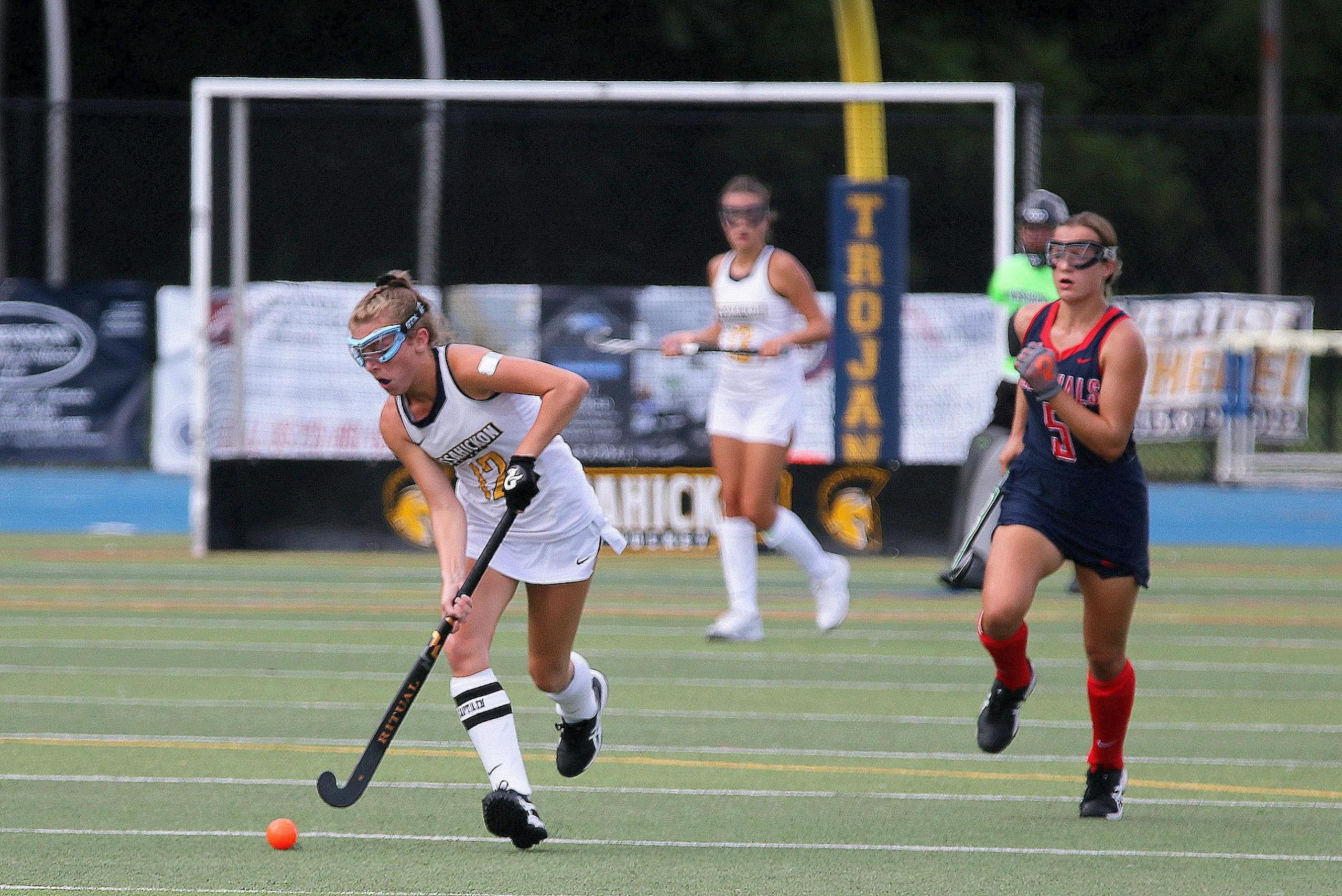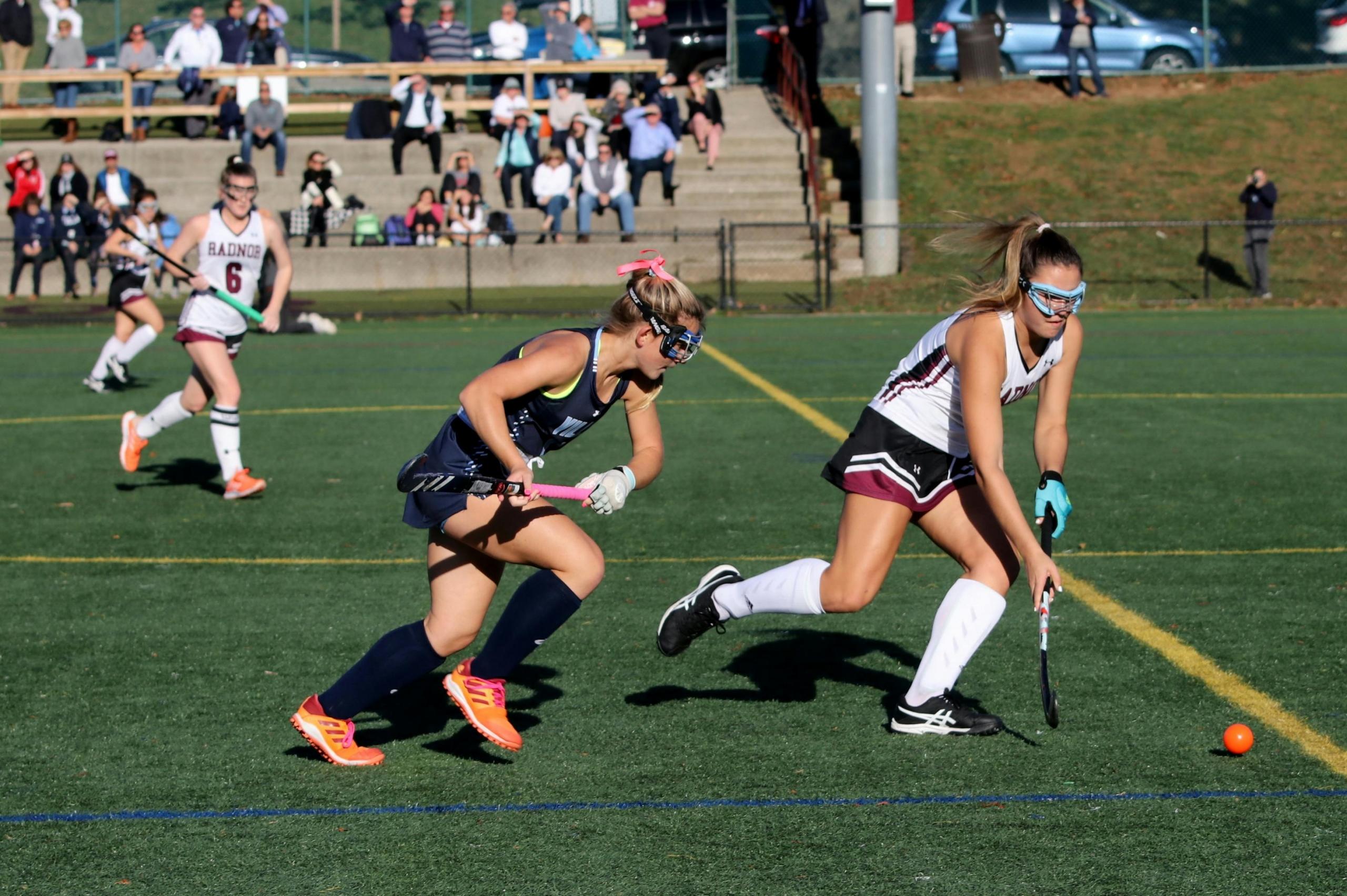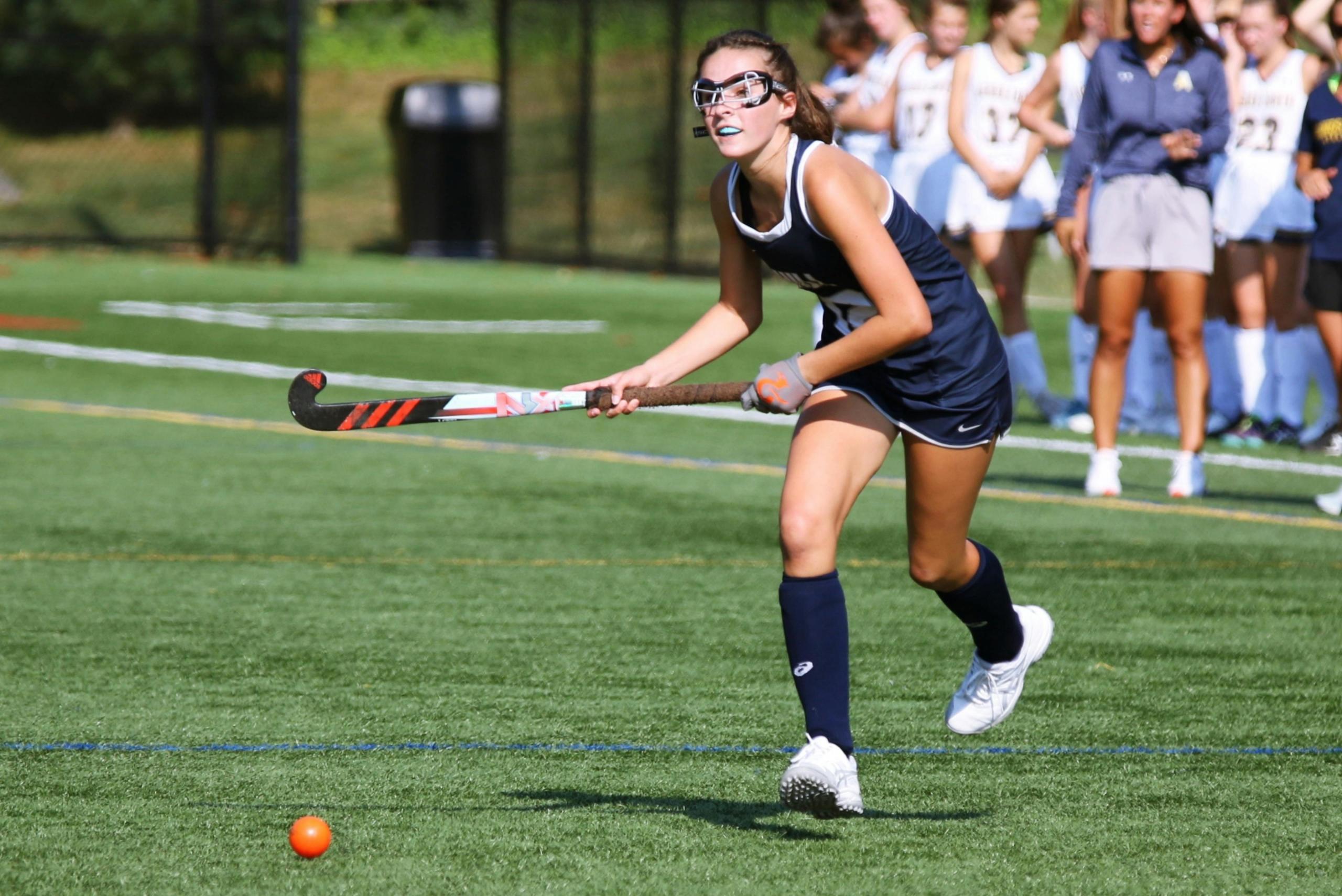Hockey is a fast and physical game.
The thud of the stick against the ball, the swift changes in direction, and the inevitable clashes in tight spaces all make hockey a thrilling but risky game.
If you’ve ever watched a hockey match, you’ll know that players move with speed, precision, and aggression. Which is why protective equipment isn’t just for show, it’s vital.
of serious hockey injuries.
Whether you're new to the sport or already well into your first season, knowing the role your protective gear plays can make all the difference to your season.
But, there's no need to fret, here's a guide to all you need to know.

Understanding Common Hockey Injuries
Safety is important for all players, but as a beginner, you potentially need the most protection. This is because you're still learning body awareness, control, and spacing on the pitch.
When you step onto the field, understanding the risks you face is crucial for your safety. Hockey injuries can range from minor bruises to serious trauma, with statistics showing that players face a relatively high incidence of injury resulting in missed games and potential long-term effects.
Head and Facial Injuries
In high-speed play or close contests for the ball, your head and face are particularly exposed.
A deflected ball, an accidental shoulder bump, or a stray stick can easily lead to disaster.
Concussions are not uncommon on the hockey pitch, and jaw trauma and other facial injuries, like cuts and broken teeth are more likely if you're not using full-face protection.
In fact, players who use half shields are more than twice as likely to suffer facial lacerations and ten times more likely to experience dental injuries.
Upper Body Injuries
Your shoulders can take a real beating in hockey. Whether you're absorbing contact from another player or reaching awkwardly for the ball, there is constant strain.
Injuries like acromioclavicular joint ("AC joint") damage, rotator cuff tears, and collarbone fractures are very common. Depending on their severity, these injuries can put you out of action for weeks or even months.
Lower Body Injuries
You may be surprised to learn that around 45% of hockey injuries occur from the waist down.
Your knees and hips are under constant pressure in hockey, particularly during sprints or tight turns. Unfortunately, medial collateral ligament ("MCL") sprains, hip strains, and groin pulls can go unnoticed until it’s too late.
A strong body and smart preparation are essential, but the right gear plays a big part too.

Key Protective Gear for Injury Prevention
Thankfully, protective equipment has evolved significantly. Today’s gear is lightweight, breathable, and specifically engineered to absorb impact where it's most needed, without limiting your mobility.
Protecting yourself during hockey matches has evolved significantly thanks to modern technology and the use of innovative materials.
Today's protective gear offers unprecedented levels of safety while maintaining comfort and mobility.
Helmets and Facial Protection
Your helmet is your first line of defence, and modern helmets feature advanced impact protection systems, like MIPS (Multi-directional Impact Protection System), which can reduce the force of rotational impacts by over 30%.
Be sure to use a full face shield or cage along with your helmet to drastically reduce your chances of facial injury. And don’t forget a properly moulded mouthguard, which will protect your teeth.
Your mouthguard plays a role in reducing the risk of concussion by absorbing shock through your jaw.
Body Armour and Padding
Your torso, ribs, and shoulders will all need coverage too.
Today, you can armour yourself up with protective tops which have high-density foam placed in strategic zones to give you extra padding where you’re most likely to get hit.
Some models also include adjustable straps, sweat-wicking fabric, and ventilation panels to keep you cool.
Protective Equipment for Arms and Legs
Elbow pads are key during falls, and let's face it, these can happen to the best players!
Elbow pads link with shoulder protection to give you continuous coverage and reduce the chance of bruises or cuts from hard landings or contact with the stick.
And don't forget your lower half!
Shin guards are essential protection against sticks and balls.
Good shin guards will have a hard outer shell and soft padding inside and will cover you from the ankle to just below the knee.
For added security, you could opt for ankle guards or full leg guards that extend above the knee.

Proper Fit and Usage of Protective Gear
Having the right protective equipment is the first step, but remember that your gear is only effective when it fits properly and is regularly maintained. Each piece works together as part of an integrated safety system, designed to keep you performing at your best while minimising injury risks.
If your equipment doesn't fit well, it can move out of place during play, leave gaps in protection, or restrict your movement.
Check your fit:
Taking the time to test your movement, adjust straps, and readjust pads before stepping on the fieldcan make a world of difference in your performance and safety.
Additional Safety Measures Beyond Equipment
Of course, gear alone isn’t enough. Safety also comes from how you prepare, how you play, and how you respond to warning signs.

Warm Up Properly
Never underestimate a good warm-up. Cold muscles are more prone to injury, so starting a match without preparing your body correctly is asking for trouble. Dynamic stretches, like lunges, high knees, and leg swings, will get your body primed for action.
And don't forget to cool down after the match! This helps prevent stiffness and reduces the risk of strains later on.
Your Technique Matters
Hockey isn’t just physical, it’s also tactical.
Learning proper technique will improve your game and reduce your injury risk.
Some tips are to:
- Always keep your stick low, eyes up, and play the ball—not the player.
- Avoid reckless tackles and uncontrolled swings.
- Remember, you have a responsibility to your teammates and your opponents alike.
Always Listen to Your Body
If something doesn’t feel right, don’t ignore it.
Get medical attention if you experience persistent pain, reduced movement, swelling, or any signs of concussion, like headaches, dizziness, or confusion.
And don't rush your return to the game if you’ve been injured. Listen to your healthcare professional, and only go back when you’re fully recovered.
Protect Yourself and Pursue Your Passion
Hockey is more than a game, it’s a commitment, and just like any commitment, it deserves care.
By investing in quality protective gear, learning how to use your equipment properly, and respecting the rules and safety principles of the game, you’re giving yourself the best chance to thrive on the pitch.
Stepping onto the field prepared means you will play harder, smarter, and more safely.















